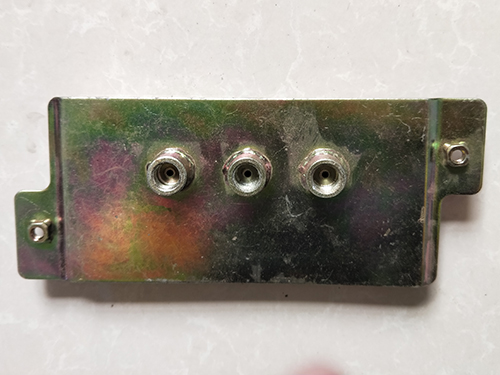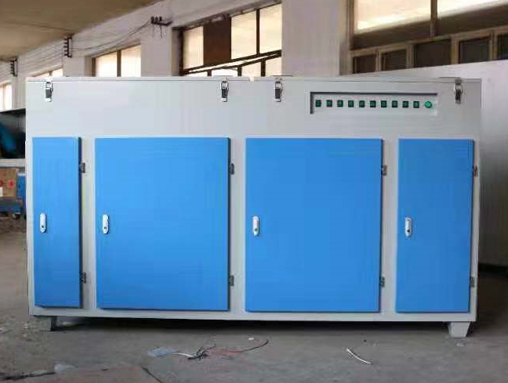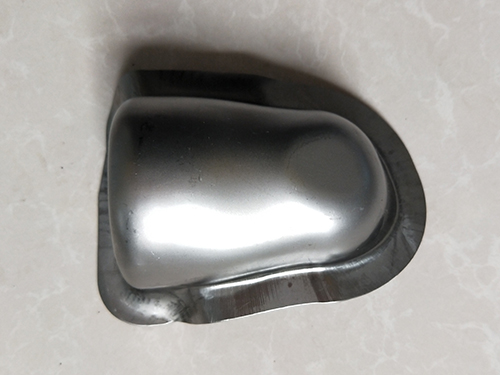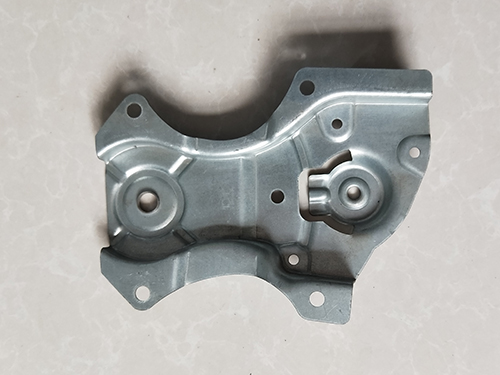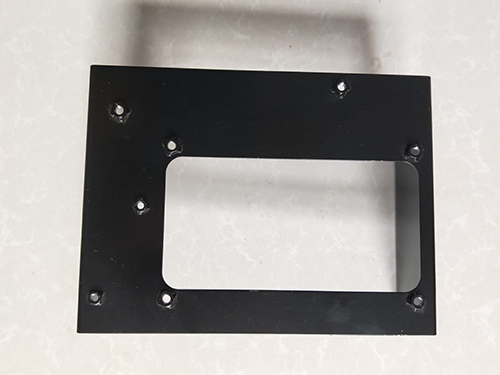Structural optimization and analysis of stamping dies for automotive panels
The competition in the automotive industry is fierce, particularly in terms of new car models and manufacturing capabilities. It requires new car models to be able to be timely introduced to the market, widely adapt to customer needs, and have low production costs, and to be researched and manufactured in a very short period of time. In order to shorten the cycle of new car models and reduce costs, most car manufacturers modify the exterior parts of cars on the same chassis to produce new car models, so the upgrading of cars largely depends on the body. This requires accelerating the design and manufacturing of automotive panel molds. The surface and internal parts of the shaped body made of thin metal sheet that constitutes the car body or cab, covers the engine and chassis, are called car coverings. Generally, there are 70 to 110 covering parts for a car body. During the entire cycle of "vehicle design, mold design and debugging, and mass production of automobiles", the design and manufacturing of covering mold accounts for about 2/3 of the time. In terms of manufacturing costs, automotive panels account for over 70% of the total automotive manufacturing expenses. The launch of new car models requires a large number of cover mold replacements.
For a long time, scholars and engineering technicians have done a lot of work in numerical simulation of sheet metal forming and analysis and optimization of molds. However, for complex and high-quality covering molds, the design of the mold largely depends on the experience and level of the designers, and often cannot meet the technical requirements of the product, especially for car exterior coverings with high forming quality requirements. Therefore, at present, China still partially relies on foreign technical support in the design and manufacturing of large automotive panel molds. Secondly, due to the increasing demand for lightweight, low emission, low-cost, and fuel economy in the automotive industry, steel plates will be applied to car bodies.
From a mechanical perspective, sheet metal forming is a highly complex mechanical process that simultaneously involves geometric nonlinearity (large displacement, large strain), material nonlinearity (elastoplastic, elastoplastic, anisotropic), and boundary condition nonlinearity (contact and friction). The research on numerical simulation of sheet metal forming began in the 1960s. Early research used the finite difference method, which analyzed relatively simple problems such as hydraulic bulging of circular plates, bulging and drawing under hemispherical or flat bottomed punch heads.
The traditional stamping die structure design should be based on the pressure equipment, design specifications, and guidelines of each enterprise, combined with the experience of the die designer, and does not pay special attention to the stress and deformation of the die. In reality, the stress situation of low and medium carbon steel stamping molds is not severe, and the mold design is relatively conservative (with a large coefficient). In addition, traditional low strength steel plates have good formability, and the small deformation of the mold has little impact on material forming. Therefore, there are not many studies on the structural analysis of stamping molds. The existing research on mold structure optimization mainly focuses on optimizing process parameters, such as optimizing sheet metal shape and size, edge pressing ring shape, edge pressing force, stretching ribs, and convex concave mold fillet, with little emphasis on optimizing the design of the structural form itself.
Stamping molds, especially those for automotive panels, are usually large in volume and complex in structure. The structural analysis of stamping molds faces the following challenges
(1) In terms of modeling, stamping dies have large dimensions and complex structures, and balancing the accuracy and solution scale of finite element models is a major issue;
(2) The contact state between the deformed sheet metal and the mold during the stamping process is complex, and it is difficult to accurately obtain the actual load information that the stamping mold is subjected to;
(3) In terms of model confirmation, due to the expensive price of stamping molds, time-consuming and costly experiments, and the lack of feasible measurement methods so far;
(4) Random factors are inevitable in actual production, and the impact of process fluctuations on the stress of mold structures is complex.

